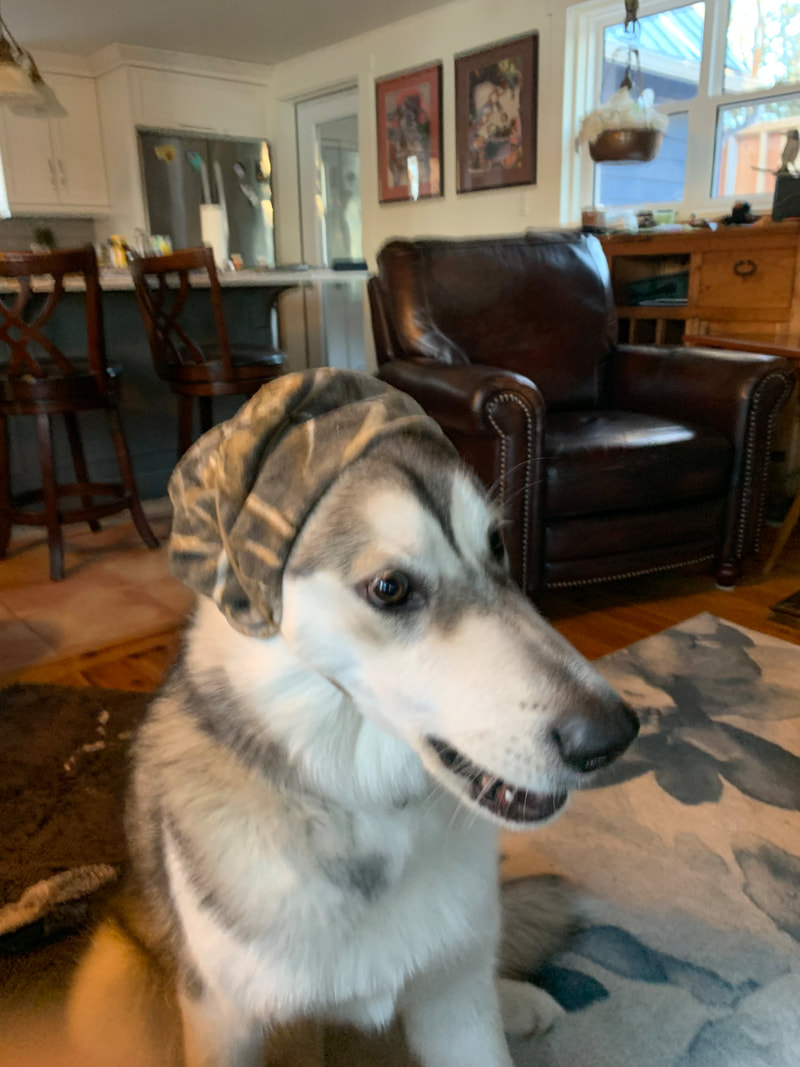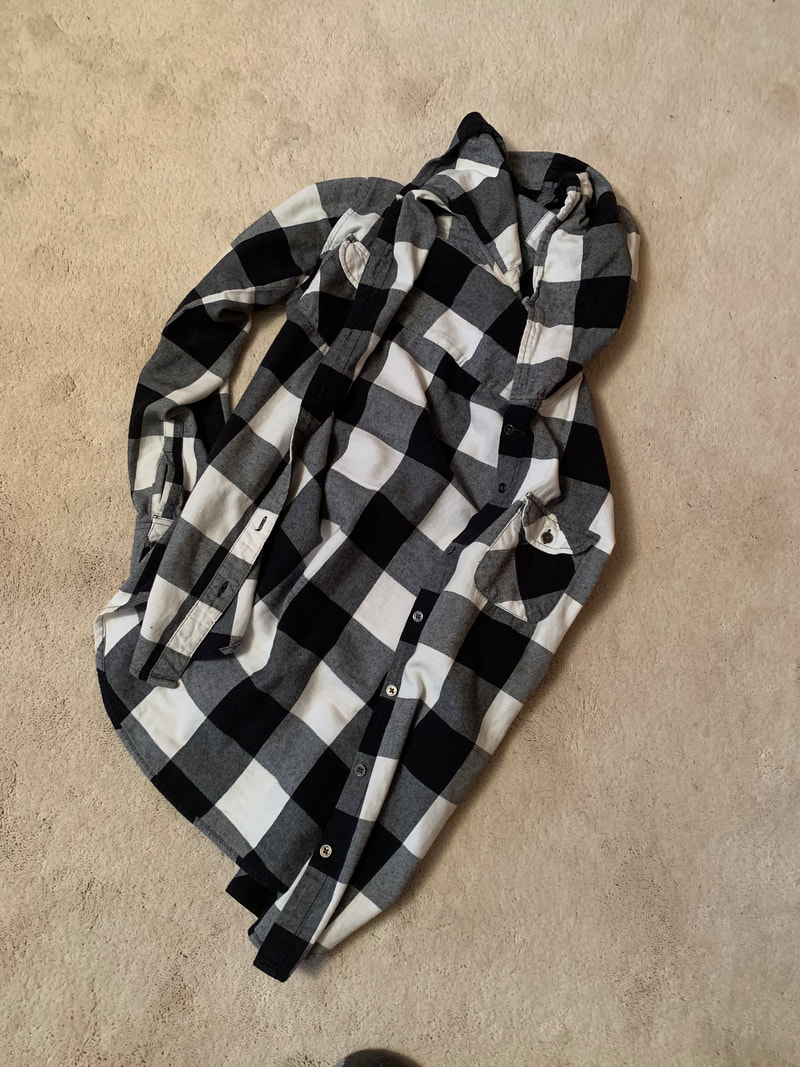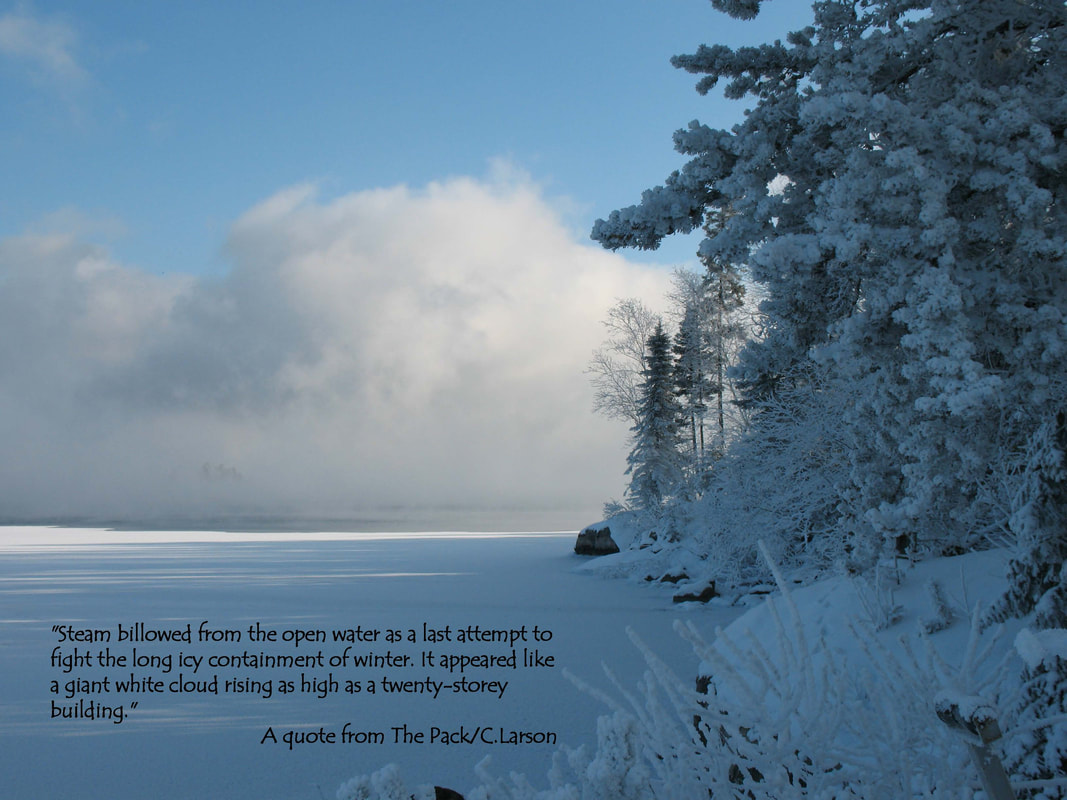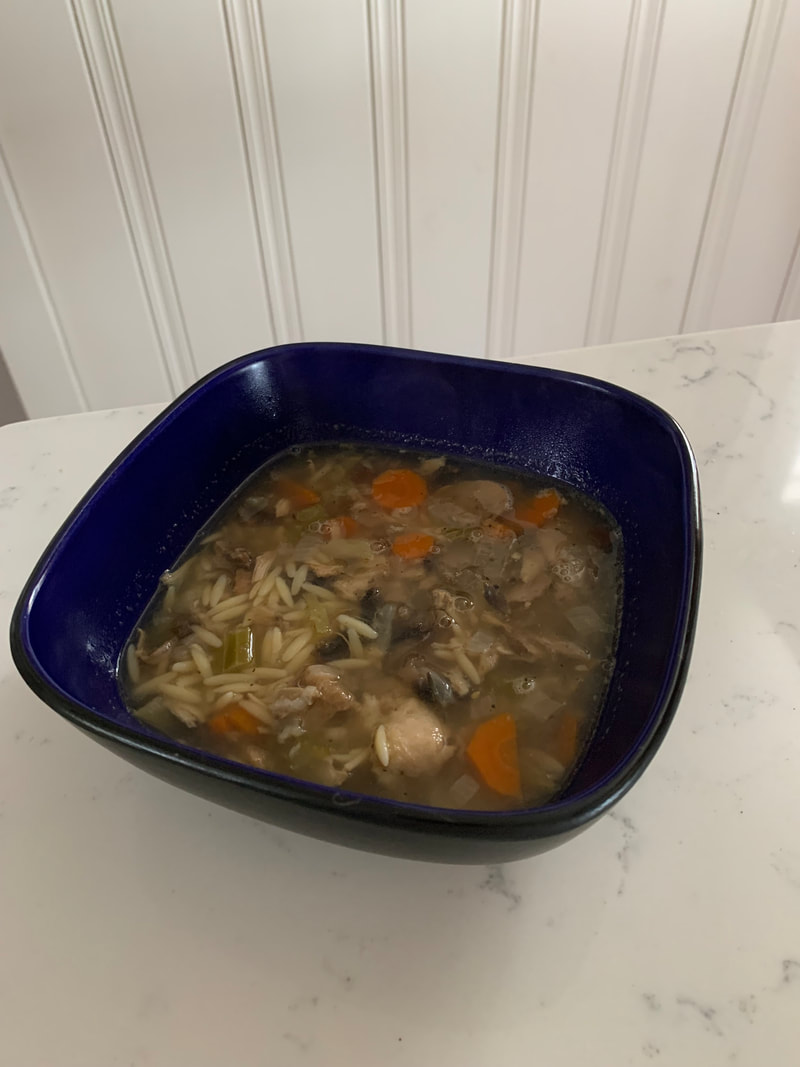I shall not complain. I will wear my Canadian gear, and remember my favorite stuff for REAL cold, like toques that allow brains to keep working in freezing temps and mukluks, with imitation seal to quiet my passage when walking in the bush.  It use to be that we wore camouflage pants and jackets for hunting in the fall. But now camo clothing is trendy! Who really are we trying to hide from? Blame it on the French – the word camouflage came from the French Army in 1915. It is actually a verb meaning ‘to make up for the stage’. I wonder, what stage?
So, here’s the thing – warm air rises – cold air sinks. I am not a doctor, nurse, or shrink. What I do know is keep your head and your face covered, as well as your torso, legs, and ohhhh, I will have a whole session on hands and feet. And yes, many of these so-called trends actually came from our European and Indigenous ancestors. Sometimes I wonder if we are really re-inventing the wheel. It is steaming cold in Canada!
0 Comments
To my delight, there were small batches of four or five carrots, much more manageable for our appetite. No one heard me gasp, at least I don’t think so. It would cost me $5.00 for this small bunch of carrots. My turkey soup would not taste significantly different – it was already rich with plenty of turkey trimmings, vegetables and various spices. I refused to pay that much, and slowly walked on by. I found myself at the corner, ready to disappear forever from the vegetable world – still thinking however of lack of color in my soup. My mind took me on another journey, back to where I started, eyeing the root vegetable selection. A large bag of carrots – about seven pounds – for $2.99. Without any more deliberation, they were in my basket. I had a plan. Here are the critical parts:
|
Details
AuthorAs the Author of The Pack, I welcome you to join me in a journey, an adventure, and lessons in nature that will resonate with you and enrich your life. Archives
May 2023
Categories
|






 RSS Feed
RSS Feed
